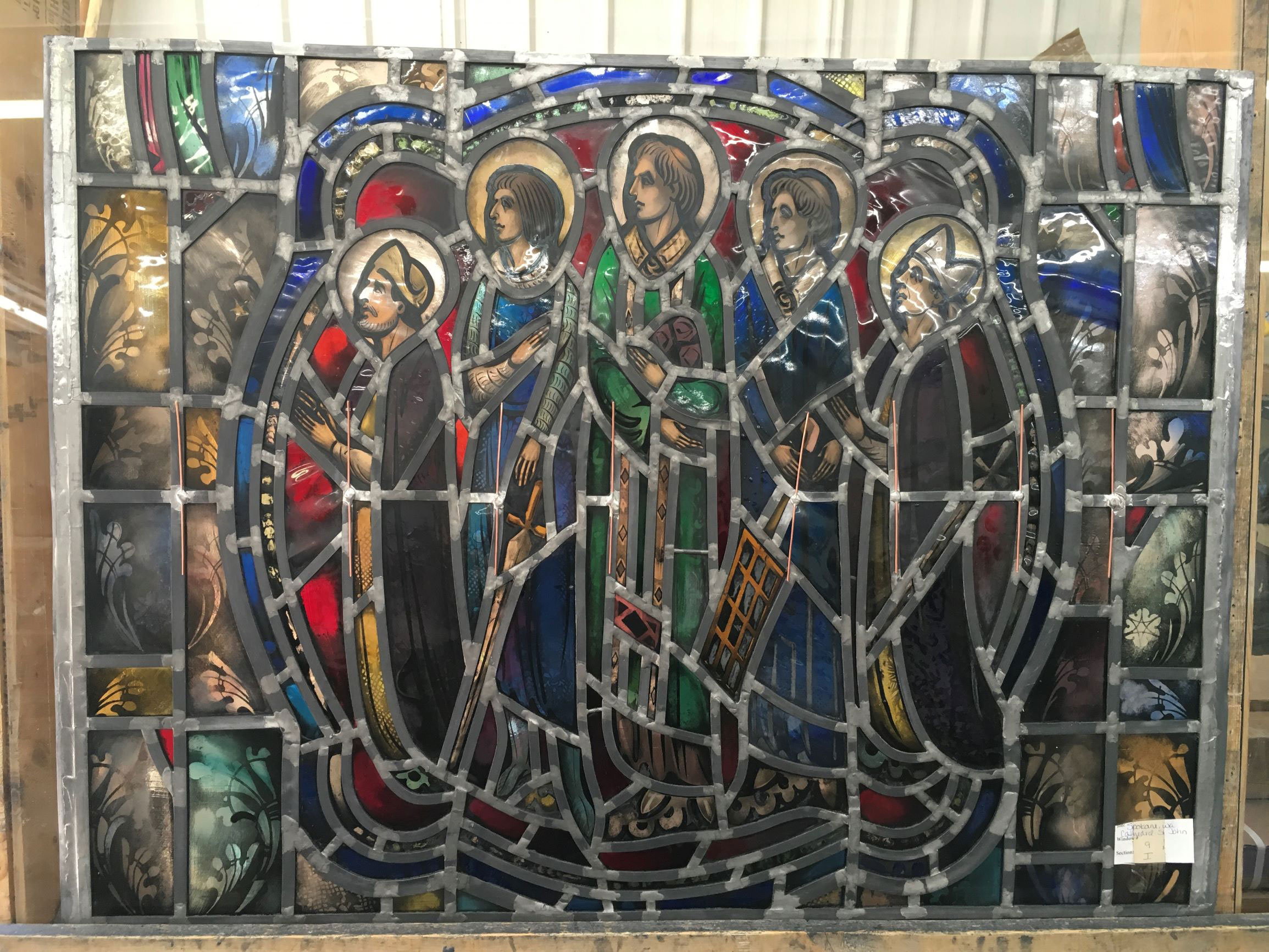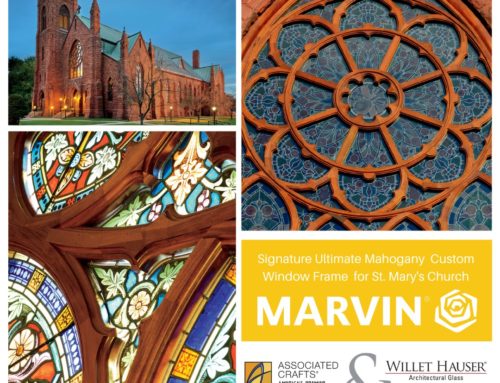Earlier this month we shared our transformation of the twenty-one stained glass windows that we repaired for Holy Rosary Catholic Church in Seattle, Washington. The project involved a variety of repairs and installation of new protective covering, all performed on-site. Today we are looking at another repair project that required more extensive work to the windows and was therefore performed in our stained glass studio.
Associated Crafts/Willet Hauser Architectural Glass has been well acquainted with the stained glass at the Cathedral of St. John the Evangelist in Spokane, Washington for nearly forty years.
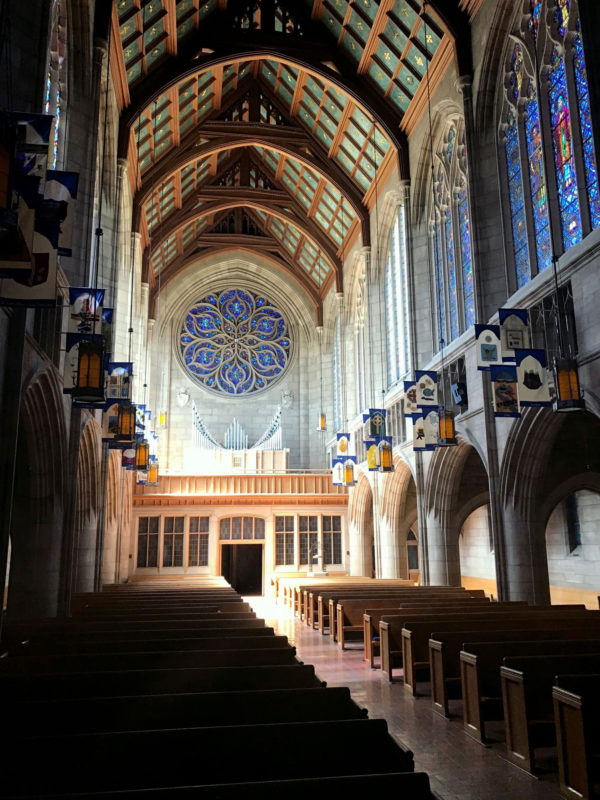
Cathedral of St. John the Evangelist, Interior
The neo-gothic cathedral houses an extensive collection of historic stained glass dating back to the mid-1920s. The earliest windows are the work of the renowned Charles J. Connick and Associates who designed and installed windows for the cathedral until the unfortunate closing of the Connick firm in 1986. It was at this time that the committee approached our studio to resume the project starting with two chancel windows. Since then, we have designed and installed a number of windows matching the stylistic qualities of the original Connick windows.
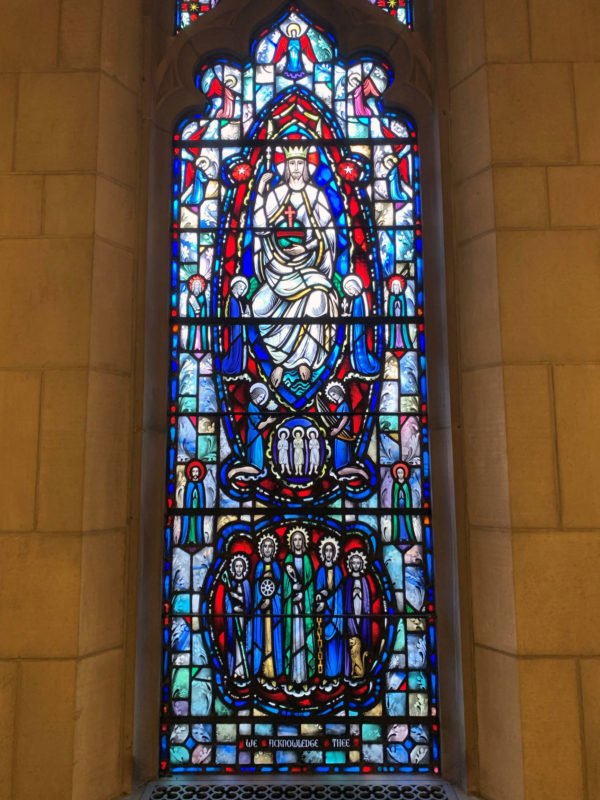
A Connick that required historic restoration
When the cathedral’s stewards noticed that the Connick windows were showing signs of age they contacted us to perform an inspection and condition report. The report revealed that multiple windows were in need of repair; the condition of three of the windows was so severe that it warranted a complete historic restoration. Historic Restoration is the term that we give to projects where the windows are in need of extensive restoration including the complete dismantling of the panels, the replacement of the lead, and, in some cases, the replacement of damaged pieces of glass. The windows were removed from the church and transported to our studio in late 2018 where they were carefully disassembled, cleaned and reglazed using leads of the same profile as the original.
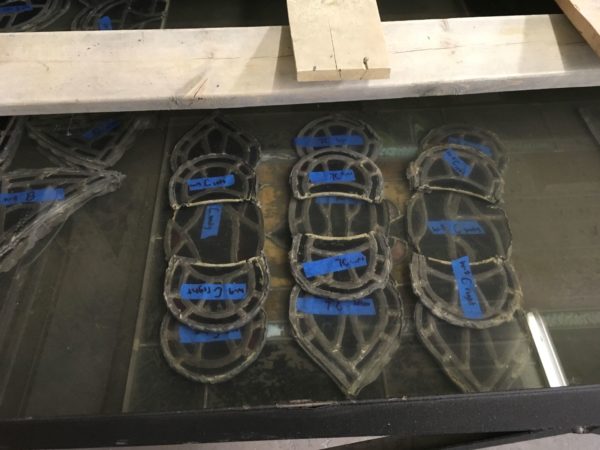
One of the first steps in historic restoration requires the soaking the dismantled window. While in the water bath, the brittle lead matrix is carefully removed.
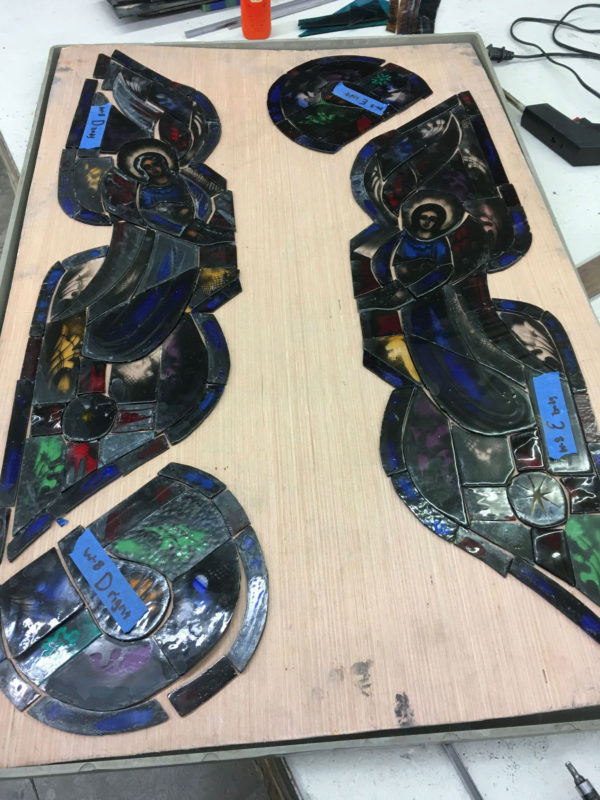
The glass after the lead is removed
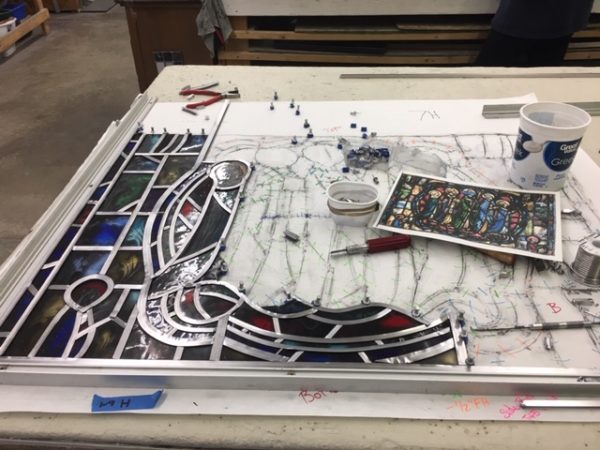
The window panels are carefully releaded.
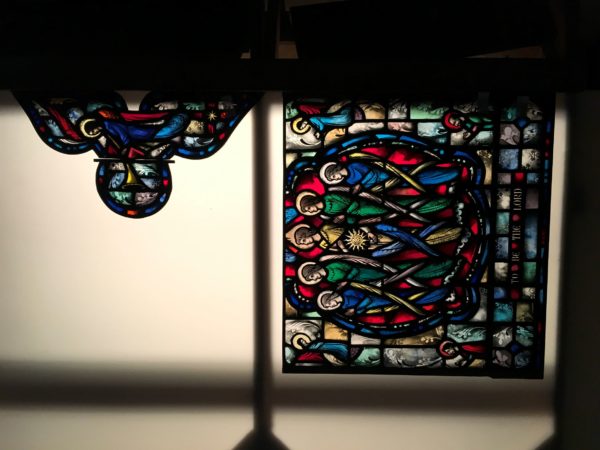
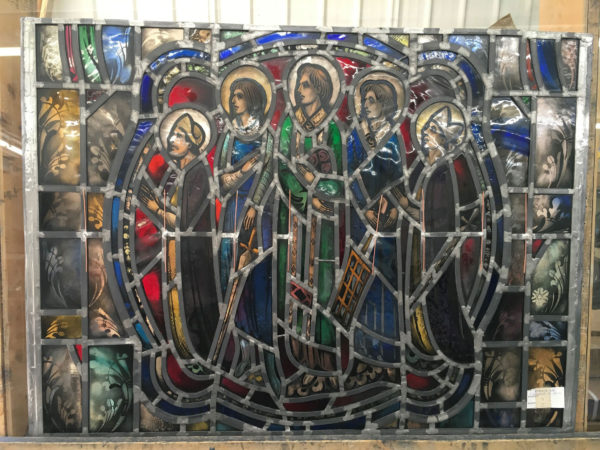
After the historic restoration is complete, individual window sections are documented in transmitted and reflected light. This documentation step is also carried out before restoration
.
To allow for a more aesthetically pleasing experience while the cathedral’s congregants awaited their windows, digital replicas of the three windows removed for restoration were installed temporarily into the windows’ space.
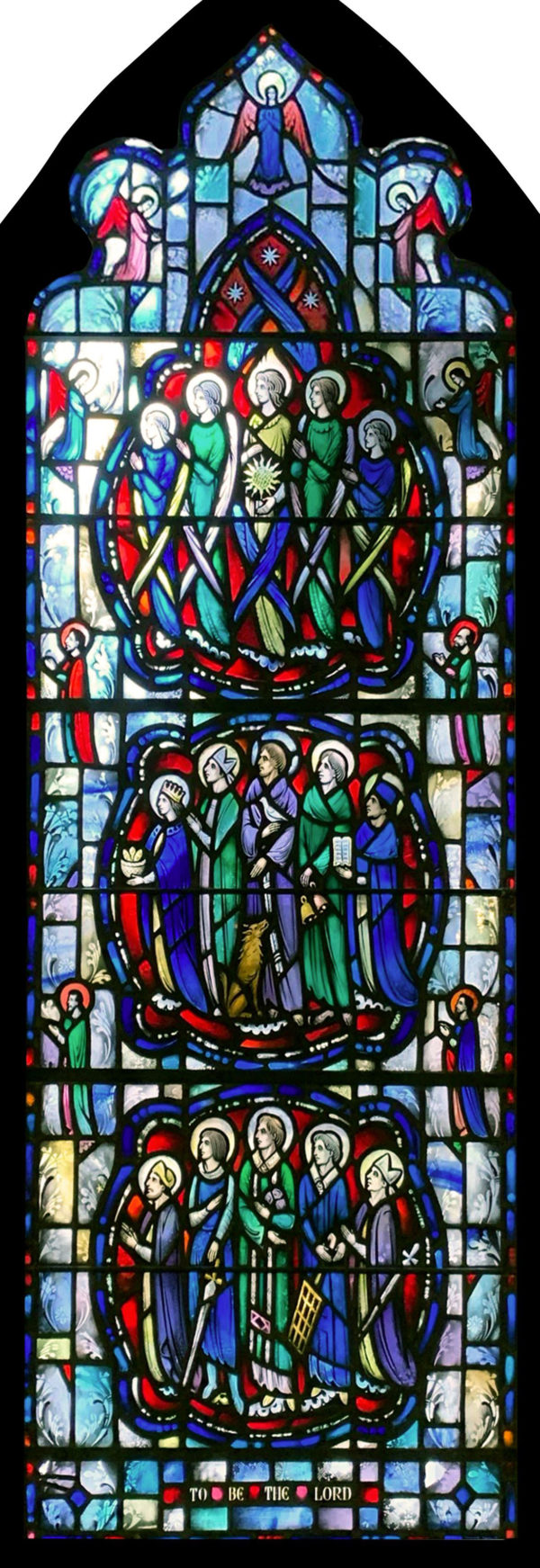
Digital file used to create transparency
Through the winter and spring of 2019 the windows were painstakingly restored by one of our restoration specialists and reinstalled in the cathedral that June. Upon installation the new protective covering was installed within the stone traceries, ensuring that Charles Connick’s beautiful windows will be admired for generations to come!
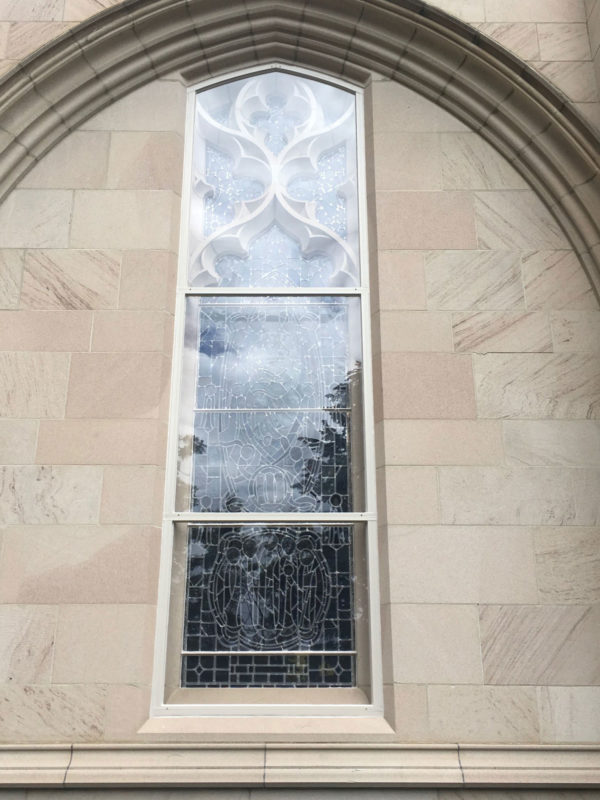
Exterior of reinstalled window, showing the new tempered glass protective covering and frames scraped to remove loose paint, primed and repainted with rust inhibiting paint.

